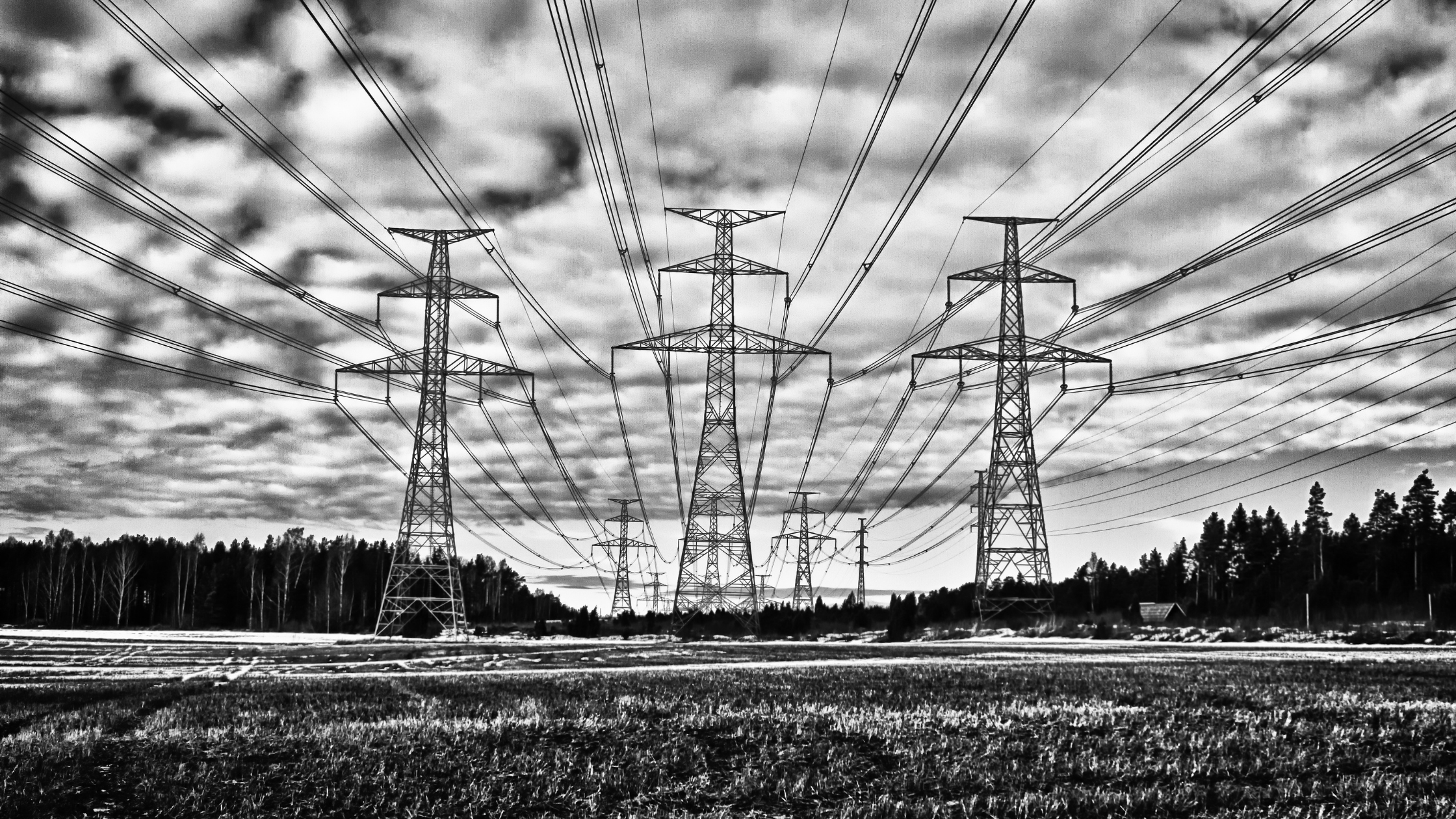Hurricane Ida landed near Port Fourchon, Louisiana on August 29, 2021. The second most destructive hurricane to hit the state of Louisiana, the Category 4 Atlantic hurricane’s 150 mph winds devastated Port Fourchon. And the damage it caused as it traveled northwest across land made it the fifth costliest hurricane in the United States. Millions lost power across the eastern U.S. due to the damage caused to the power supply infrastructure.
Hurricane Ida emphasized our dependence on electricity for the health and welfare of the public, as well as business operations and residence comfort. Increasing extreme weather events caused by climate change are having a devastating impact on the national electric grid. Since the DOE reliability tracking began in 2013, the frequency and length of power outages have reached their highest levels. In 2020, U.S. utility customers experienced more than eight hours, on average, of power failure.
Climate change weather events are expected to affect all aspects of the electricity grid, including the following:
- Generation
- Transmission
- Distribution
- Demand
On January 12, 2022, the U.S. Department of Energy (DOE) launched the “Building a Better Grid” initiative. The program’s intent is to make the U.S. power grid more resilient and to make clean energy more reliable and affordable. The Building a Better Grid Initiative will work with states and tribal nations to identify projects that will create good-paying jobs and an electric grid that delivers regardless of an extreme weather event. The DOE is currently seeing feedback on President Biden’s Bipartisan Infrastructure Law Investments to Build Stronger State and Tribal Electricity Grids Resilient to Climate Change which enables the Building a Better Grid initiative. The DOE is deploying more than $20 billion in federal financing tools to support this initiative and achieve national climate change goals.
About 20% of all U.S. electricity generated at this time is renewable energy. Per the Office of Energy Efficiency & Renewable Energy (EERE), the available renewable resources around the country are 100 times that of the annual electricity need. In 2022, solar and wind projects are expected to add 60% or more utility-scale generating capacity to the U.S. power grid. The support resulting from the Building a Better Grid initiative will move the nation closer to President Biden’s goal of the national grid powered by 100% clean energy generation.
As the DOE is making a nationwide strategy to strengthen the reliance of the national grid, organizations can do their part by examining their own energy usage and procurement. Energy experts can assist in devising a master plan for companies to determine the best pathway to responsible and efficient energy consumption. The energy experts at Albireo Energy can guide stakeholders as they navigate options and available funding/program support with many informative methods.
Energy Services:
- Energy Audit, Utility Energy Benchmarking, Energy Usage Analytics
- Green Program Certifications
- Project Planning
- Utility Incentives and Financing Options
- Energy Procurement
- Building Automation
- Electrical Power Monitoring
President Biden set a goal of modernizing the grid to run on 100% clean energy by 2035. There is a lot to accomplish in thirteen years. Stakeholders in the commercial building sector should take advantage of the vast support available from robust government initiatives such as the “Building a Better Grid Initiative” and from energy experts like Albireo.







